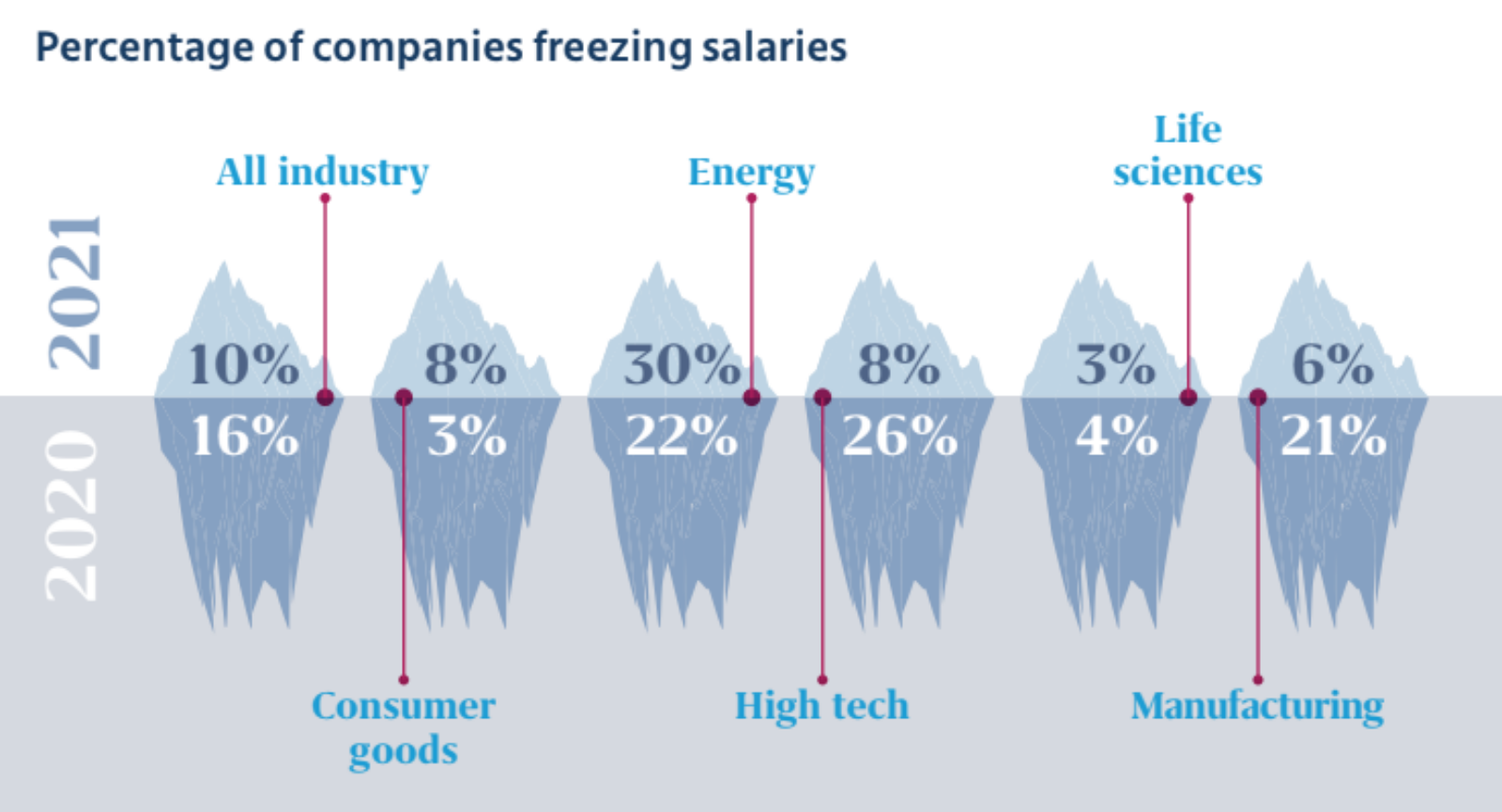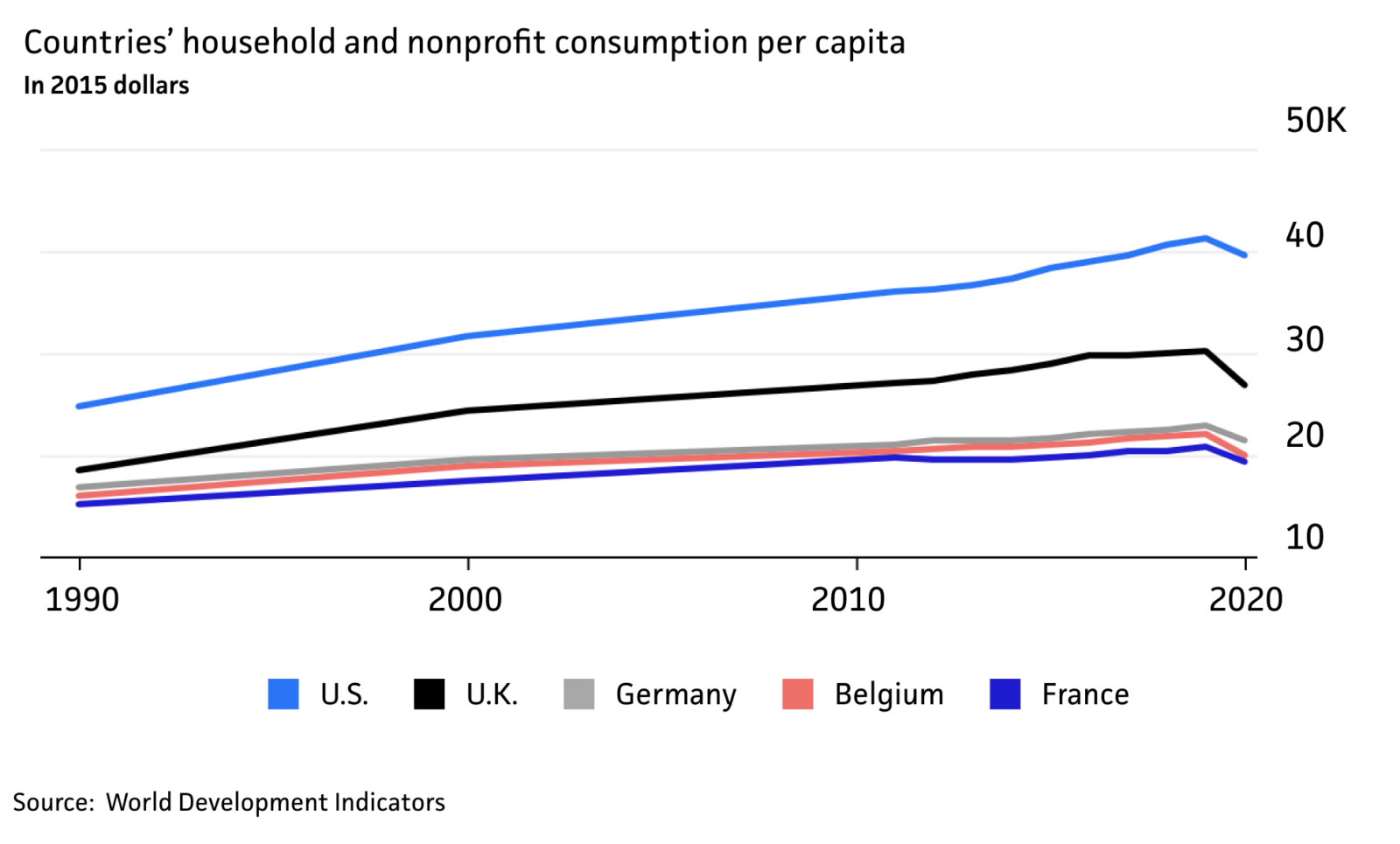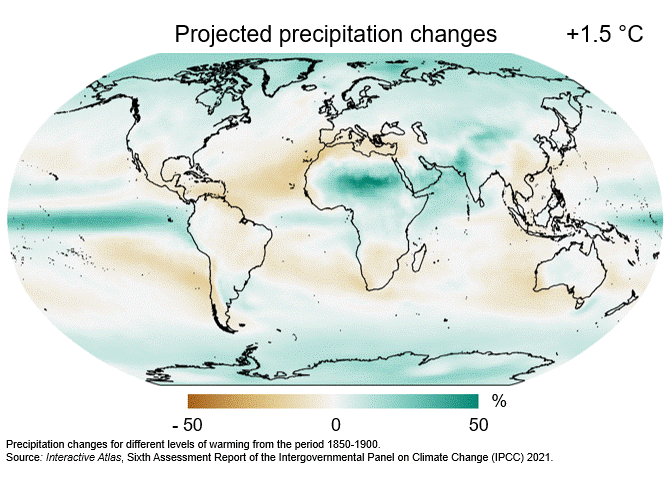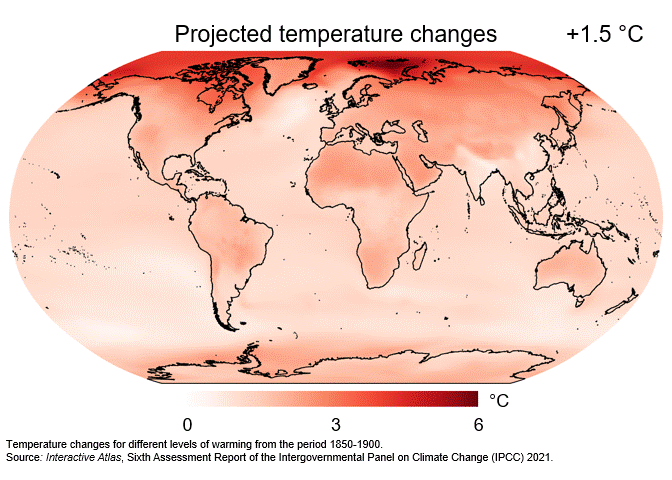More People and Assets Are Vulnerable to Sea Level Rise
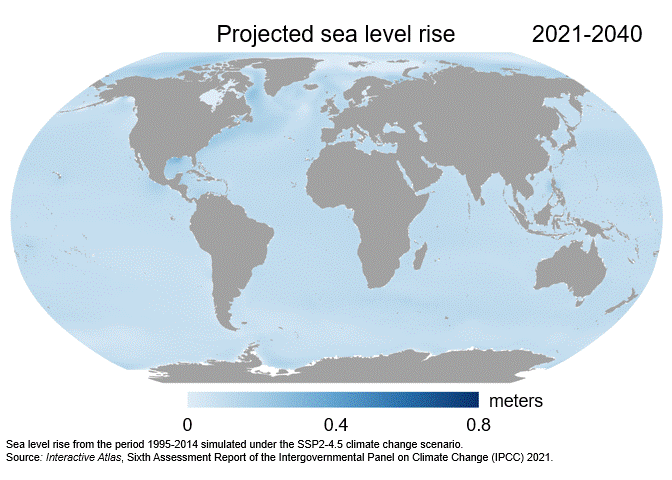
Climate change has already caused sea levels to rise by 0.2 meters since 1900, according to the Intergovernmental Panel on Climate Change’s latest report. Temperatures will likely increase between 1.8 and 2.4 degrees Celsius by 2100 — not including higher levels of warming, according to an analysis of the outcomes of COP26.
Sea levels may further rise by up to 1 meter by the end of the century, depending on future emissions. Sea level rise is leading to coastal erosion and flooding, contamination of agricultural land and aquifers with saltwater and damage to ecosystems.
As the concentration of population and assets along coastlines continues to increase, sea level rise will disrupt economic activities and cause extensive damage to infrastructure. Without significant investments in climate change mitigation and adaptation, by the end of the century, the global population and assets threatened by coastal flooding will increase by 52% and 48%, respectively.



